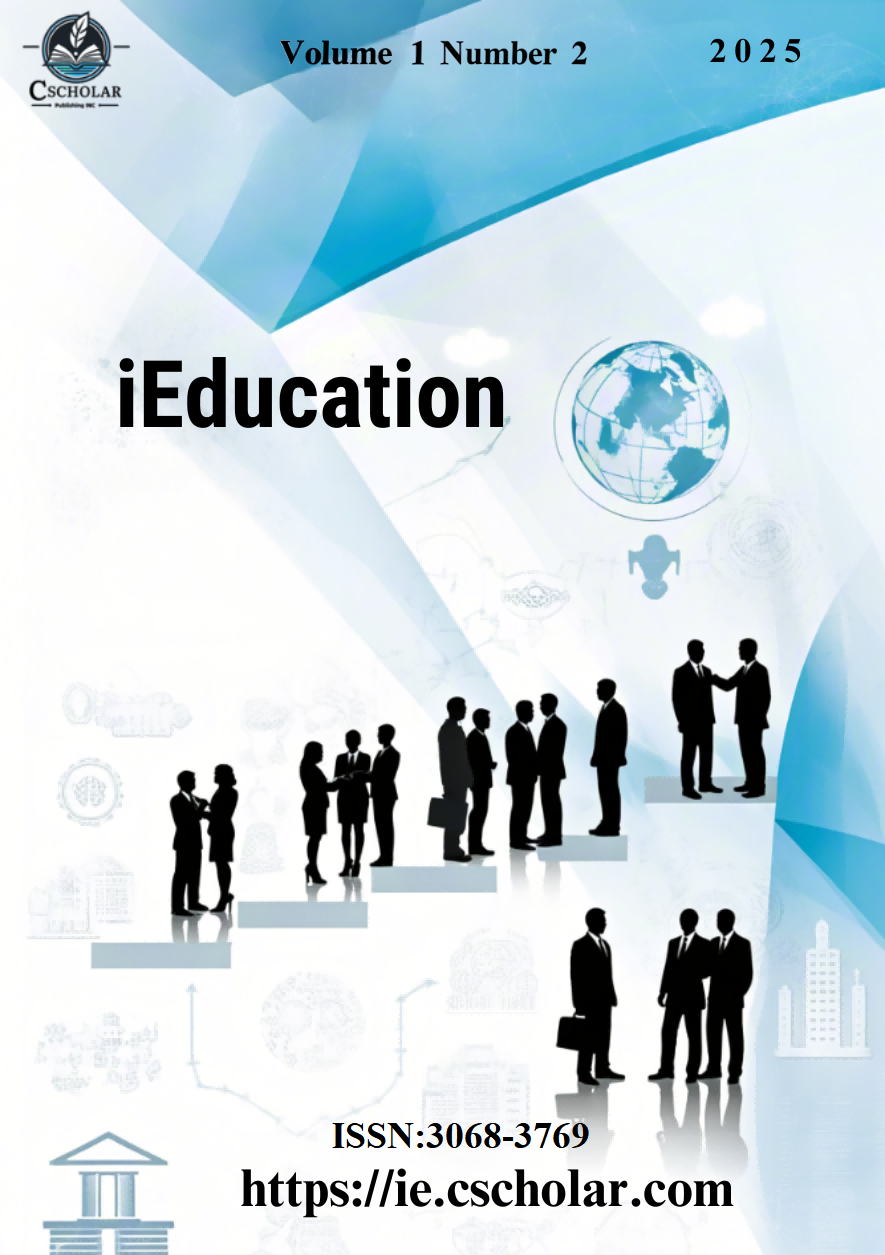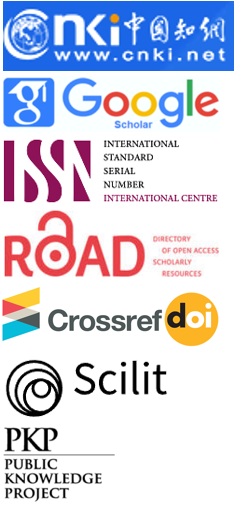Assessment of Reading Literacy in PISA-D: Connotation, Framework Design and Enlightenment
DOI:
https://doi.org/10.71204/cq3kn353Keywords:
PISA-D, Reading Literacy, Prosperity Model, Assessment of Compulsory Education QualityAbstract
To assist low- and middle-income countries (LMICs) in participating in international education assessment, diagnosing their education systems, and advancing education-related Sustainable Development Goals, the PISA-D project has achieved three key innovations based on PISA. Firstly, it expanded assessment targets to include both in-school students and out-of-school youth through categorized design, filling the gap in traditional assessments that neglect out-of-school populations. Secondly, it developed a "downward-compatible" reading literacy assessment framework, adding the lower-difficulty Level 1c and optimizing item difficulty distribution to accurately reflect students' performance in LMICs. Thirdly, it designed contextual questionnaires based on Willms' prosperity model, refining equity and equality indicators to comprehensively capture deep-seated factors influencing academic performance. These innovations provide significant references for China to improve compulsory education Chinese subject assessment, particularly in enhancing the sensitivity of assessing vulnerable groups and optimizing the regional education quality monitoring system.
References
American University. (2019). The Benefits of Inclusion and Diversity in the Classroom. Retrieved from Washingtion: https://soeonline.american.edu/blog/benefits-of-inclusion-and-diversity-in-the-classroom/
BNU. (2022). National Compulsory Education Quality Assessment Report. Retrieved from https://cicabeq.bnu.edu.cn/zljc/jcjgbg/c42da90750404188a74a9f844fa75d1a.htm.2018:3
Helliwell, J. F., Layard, R., Sachs, J. D., et al. (2025). World Happiness Report 2025.
Li, L., Ren, X., & Jiang, Z. (2017). Exploration and reflection on the quality monitoring of regional basic education in China. Journal of the Chinese Society of Education, 12, 37-41.
Lockheed, M., Prokic-Bruer, T., & Shadrova, A. (2015). The Experience of Middle-Income Countries Participating in PISA 2000-2015. Retrieved from Paris: https://doi.org/10.1787/9789264246195-en
Mayer, K. U. (2009). New directions in life course research. Annual Review of Sociology, 35, 413-433.
MOE. (2021). National Quality Assessment Program for Compulsory Education (Revised Edition 2021). Retrieved from http://www.moe.gov.cn/srcsite/A11/moe_1789/202109/t20210926_567095.html
Murillo, F. J., & Román, M. (2011). School infrastructure and resources do matter: Analysis of the incidence of school resources on the performance of Latin American students. School Effectiveness and School Improvement, 22(1), 29-50.
OECD. (2003). Student Engagement at School: A Sense of Belonging and Participation: Results from PISA 2000. Retrieved from Paris: https://doi.org/10.1787/9789264018938-en
OECD. (2016a). PISA 2015 Results (Volume I) : Excellence and Equity in Education. Retrieved from Paris: https://doi.org/10.1787/9789264266490-en
OECD. (2016b). PISA 2015 Results (Volume I): Excellence and Equity in Education. Retrieved from Paris: https://doi.org/10.1787/9789264266490-en
OECD. (2017). PISA 2015 Results (Volume III): Students’ Well-Being Retrieved from Paris: https://doi.org/10.1787/9789264273856-en
OECD. (2018a). PISA for Development Assessment and Analytical Framework: Reading, Mathematics and Science. Retrieved from Paris: https://doi.org/10.1787/9789264305274-en
OECD. (2018b). PISA for Development Results in Focus. Retrieved from Paris: https://www.oecd.org/content/dam/oecd/en/publications/reports/2018/12/pisa-for-development_1a8aab6c/c094b186-en.pdf
OECD. (2018c). PISA for Development: Out-of-school assessment: Results in Focus”, PISA in Focus. Retrieved from Paris: https://doi.org/10.1787/491fb74a-en
OECD. (2019). PISA 2018 Assessment and Analytical Framework. Retrieved from Paris: https://doi.org/10.1787/b25efab8-en
OECD. (2020a). PISA-D Out-of-School Assessment Technical Report. Retrieved from http://www.oecd.org/pisa/pisa-for-development/
OECD. (2020b). PISA for Development Out-of-school assessment Results in Focus. Retrieved from https://www.oecd.org/en/publications/pisa-for-development-out-of-school-assessment_491fb74a-en.html
UNESCO. (2004). Increasing Teacher Effectiveness (2nd ed.). Retrieved from Paris: https://unesdoc.unesco.org/ark:/48223/pf0000137629
UNESCO. (2016). Sustainable Development Goal 4 (SDG4). Retrieved from https://www.unesco.org/sdg4education2030/en/sdg4
UNESCO. (2018). The Educational Prosperity Framework: Helping Countries Provide Foundational Learning for All. Retrieved from https://uis.unesco.org/en/blog/educational-prosperity-framework-helping-countries-provide-foundational-learning-all
UNESCO. (2025). Global Education Monitoring Report. Retrieved from https://world-education-blog.org/2025/06/09/the-out-of-school-population-is-higher-than-previously-thought-and-rising/
Willms, J. D. (2018). Learning Divides: Using Data to Inform Educational Policy. Retrieved from Montreal: http://uis.unesco.org/sites/default/files/documents/ip54-learning-divides-using-data-inform-educational-policy.pdf
Willms, J. D., Tramonte, L., Duarte, J., et al. (2012). Assesing Educational Equality and Equity with Large-Scale Assessment Data: Brazil as a Case Study. Retrieved from https://www.researchgate.net/publication/254421673_Assesing_Educational_Equality_and_Equity_with_Large-Scale_Assessment_Data_Brazil_as_a_Case_Study
Yang, D. (2019). Education Blue Book: Report on China’s Education Development (2019). Beijing: Social Sciences Literature Press.
Downloads
Published
Issue
Section
License
Copyright (c) 2025 Xinyi Tian (Author)

This work is licensed under a Creative Commons Attribution 4.0 International License.
All articles published in this journal are licensed under the Creative Commons Attribution 4.0 International License (CC BY 4.0). This license permits unrestricted use, distribution, and reproduction in any medium, provided the original author(s) and source are properly credited. Authors retain copyright of their work, and readers are free to copy, share, adapt, and build upon the material for any purpose, including commercial use, as long as appropriate attribution is given.








